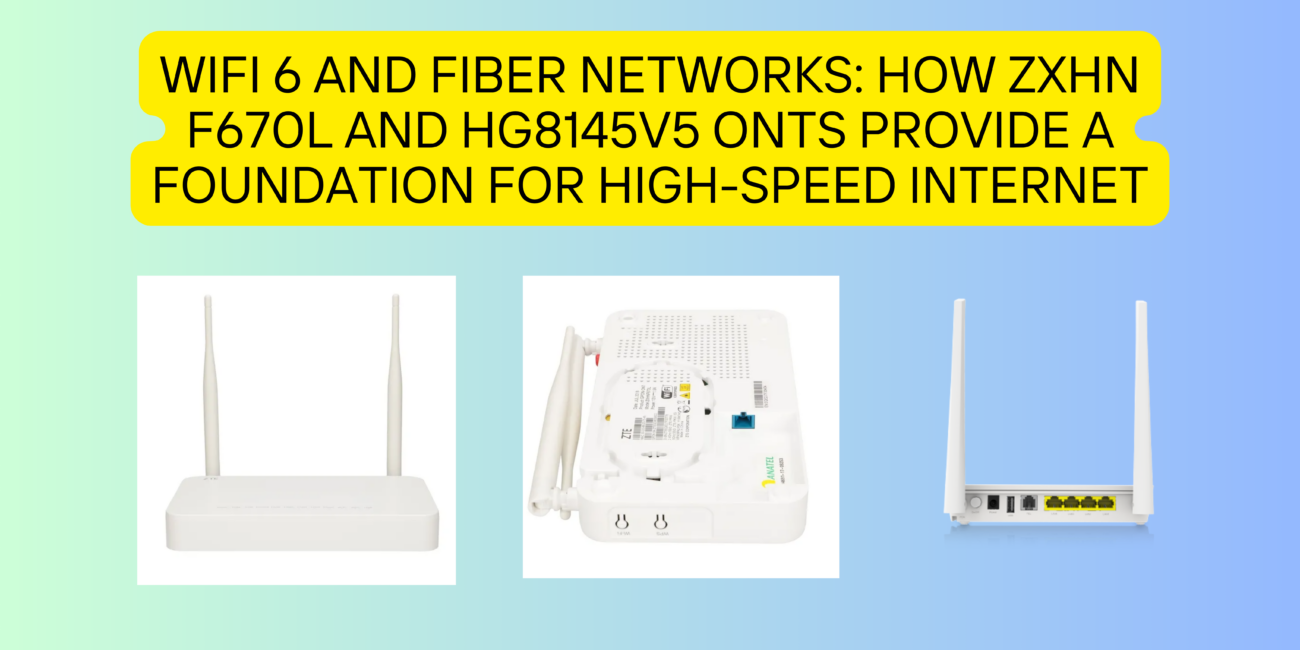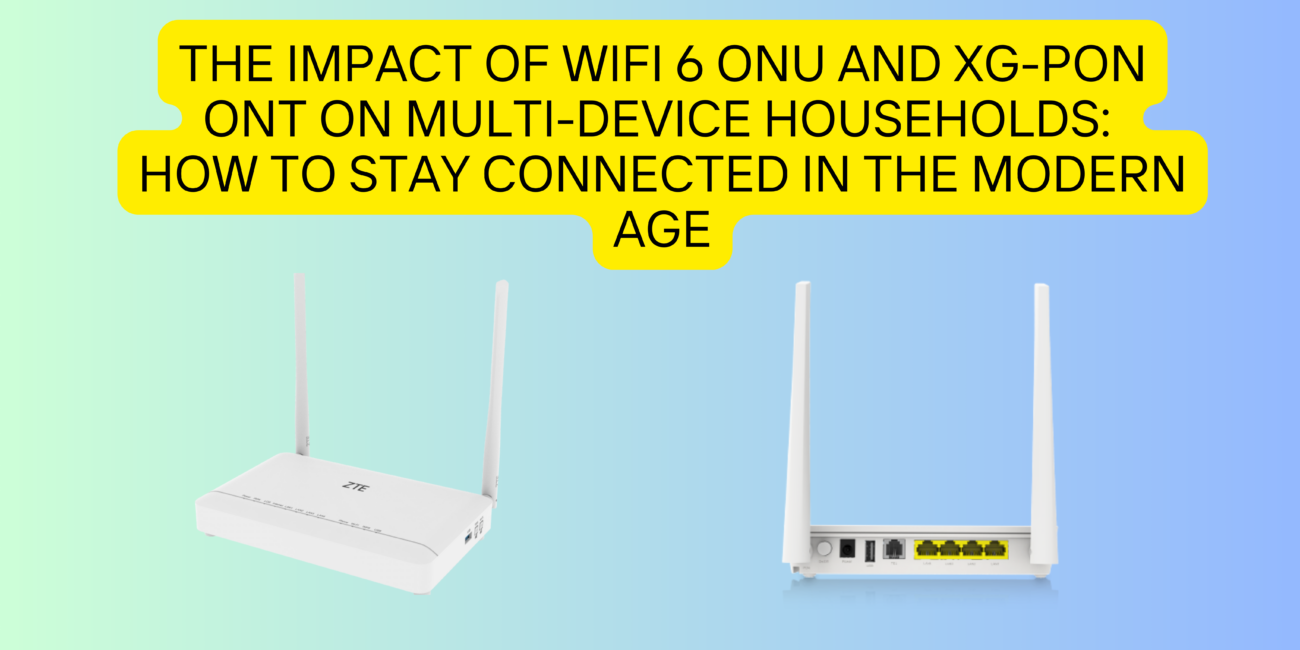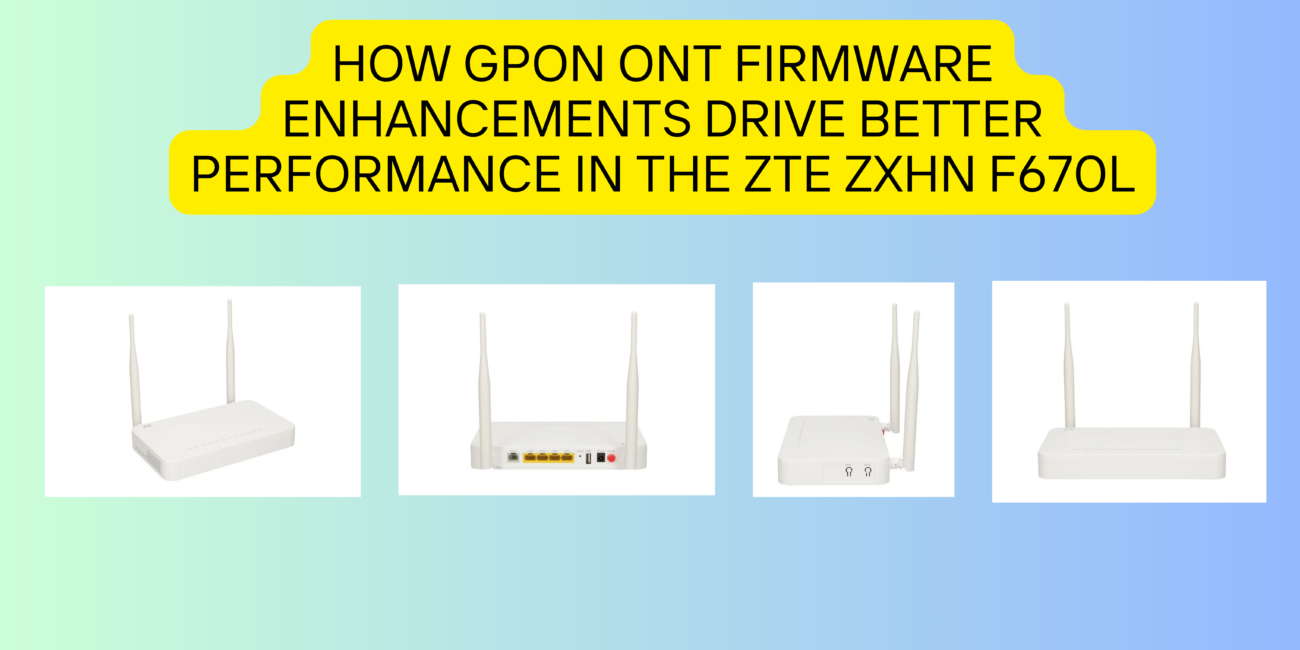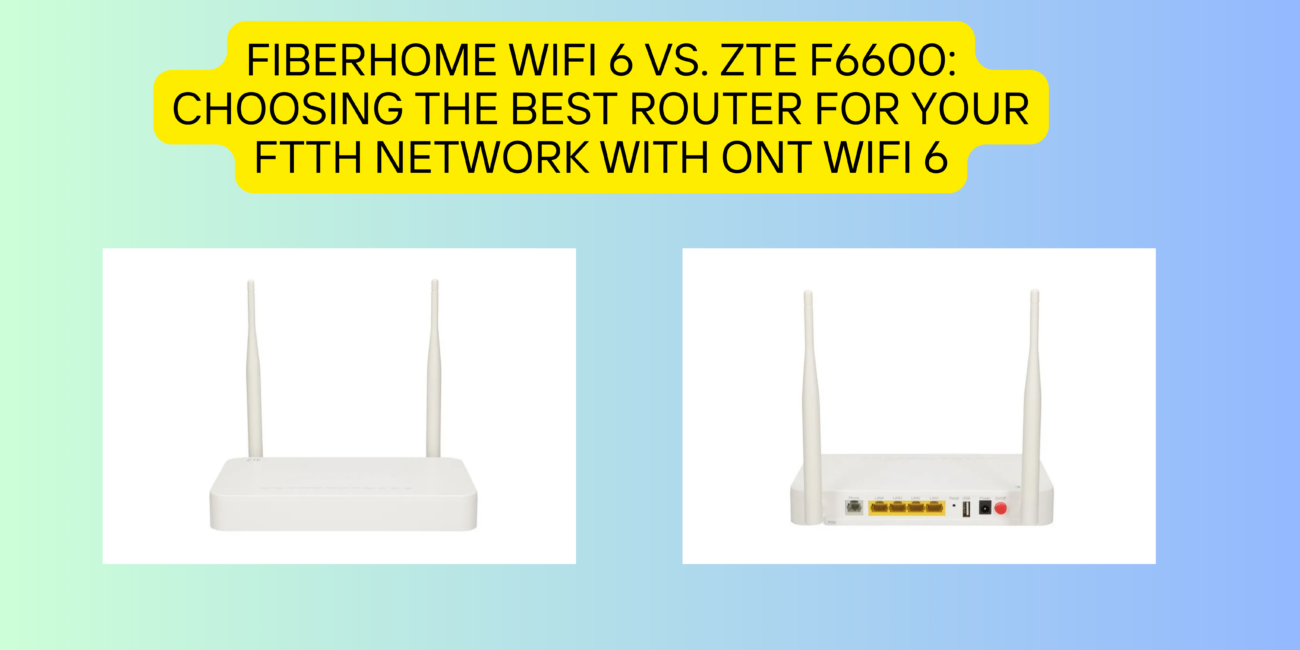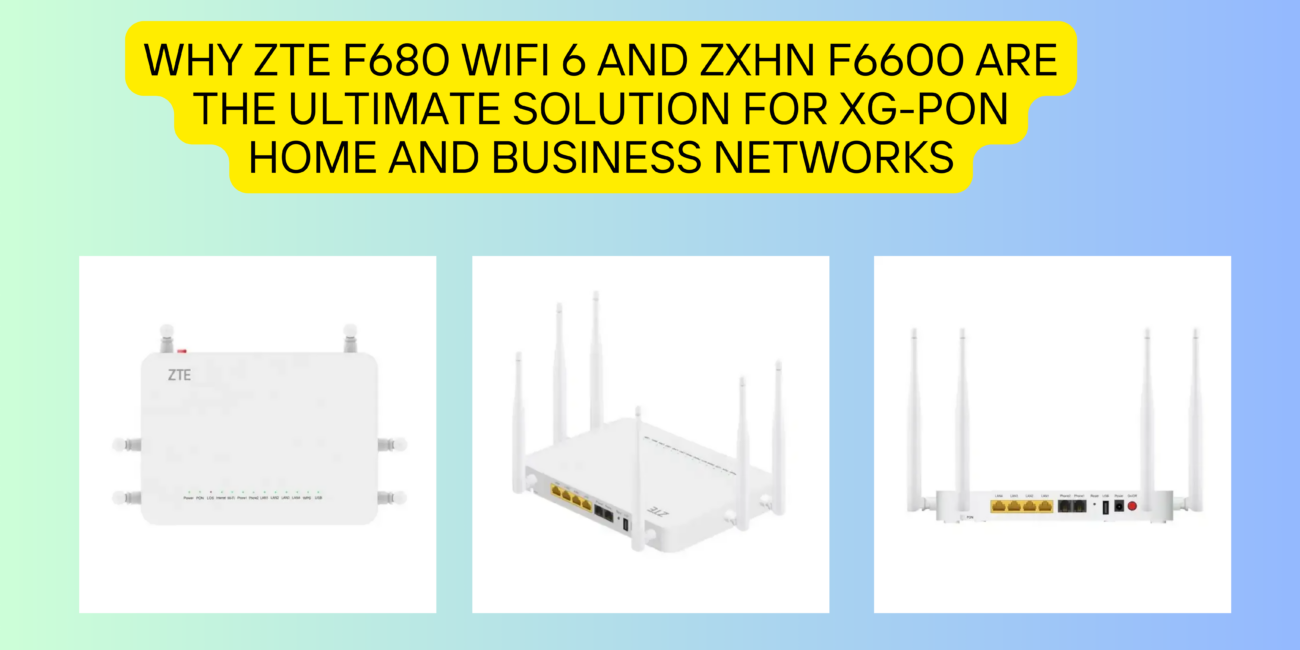In an increasingly interconnected world, where high-speed internet has become essential for work, education, entertainment, and communication, Fiber-to-the-Home (FTTH) technology stands out as a game-changer. One of the remarkable features that sets FTTH apart is its low signal attenuation, which enables data to travel over longer distances without the need for signal boosters or repeaters. Let’s delve into this aspect of FTTH and understand why it’s a significant advantage.
Understanding Signal Attenuation
Signal attenuation, also known as signal loss, is a common challenge in telecommunications. It refers to the reduction in signal strength as it travels through a medium, such as optical fibers. This phenomenon occurs due to various factors, including scattering and absorption of light within the fiber. The longer the transmission distance, the more significant the signal attenuation becomes.
The FTTH Difference: Low Signal Attenuation
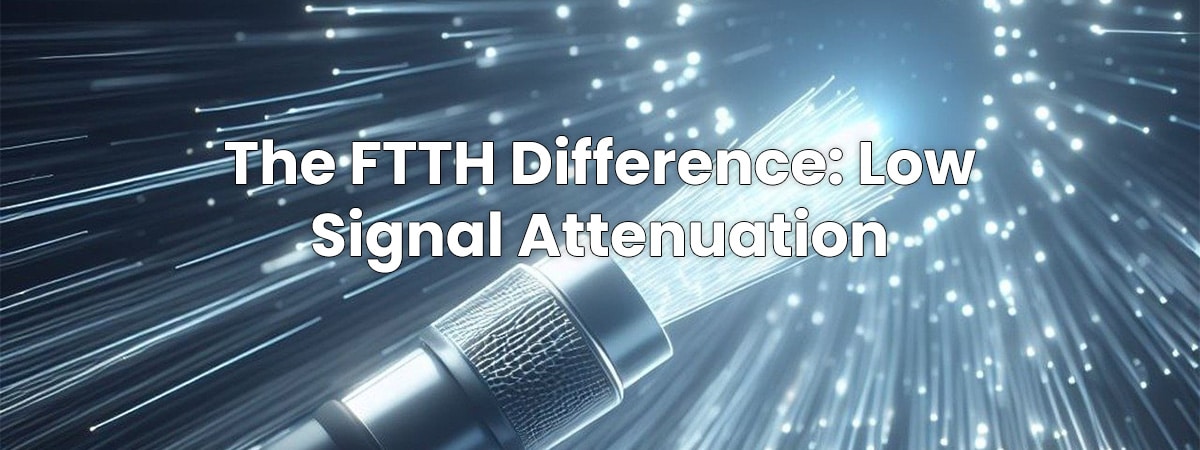
FTTH technology, as the name suggests, brings optical fibers directly to homes. These fibers are made of high-quality glass or plastic, designed to minimize signal attenuation. Here are the key reasons why FTTHs boasts such low signal attenuation:
- Quality Fiber Materials: FTTH networks use top-notch fiber materials with minimal impurities. This ensures that the signal travels through the fiber with minimal disruption, reducing attenuation.
- Advanced Manufacturing: Optical fibers for Fiber to the Home are manufactured using advanced techniques, such as MCVD (Modified Chemical Vapor Deposition), ensuring consistency and quality.
- Minimal Signal Interference: Unlike traditional copper-based networks, which can suffer from electromagnetic interference, is immune to such issues, further reducing signal attenuation.
Benefits of Low Signal Attenuation in FTTH

- Longer Transmission Distances: The primary advantage of low signal attenuation it is the ability to transmit data over significantly longer distances. This is crucial for internet service providers (ISPs) as it allows them to cover large areas without the need for costly signal boosters or repeaters.
- Consistent High-Speed Internet: With FTTH, customers can enjoy consistent high-speed internet, whether they live close to the central office or at the edge of the service area. This uniformity in service quality is a hallmark of Fiber networks.
- Reduced Maintenance Costs: Traditional copper-based networks often require regular maintenance to compensate for signal attenuation. In contrast, this networks require minimal maintenance, resulting in cost savings for ISPs.
- Future-Proofing: Low signal attenuation future-proofs Fiber networks. As technology evolves and data demands increase, it can accommodate these changes without major infrastructure upgrades.
Use Cases and Applications
The advantages of low signal attenuation in Fiber technology extend to a wide range of use cases and applications:
- Residential Connectivity: FTTH provides households with reliable, high-speed internet access, supporting activities such as streaming, online gaming, video conferencing, and remote work.
- Education: Schools and universities benefit from Fiber ability to deliver seamless online learning experiences to students, regardless of their geographical location.
- Business: FTTH empowers businesses with fast and stable internet connections, enhancing productivity and enabling cloud-based services and data-intensive tasks.
- Healthcare: Medical facilities rely on Fiber for transmitting high-resolution medical images, telemedicine services, and secure patient data access.
- Smart Cities: Its infrastructure plays a crucial role in enabling smart city initiatives, supporting applications like smart traffic management, surveillance, and public Wi-Fi.
The Future of FTTH

As the demand for high-speed internet continues to rise, FTTh technology is poised to play an even more significant role in global connectivity. Its low signal attenuation, coupled with its ability to deliver gigabit and multi-gigabit speeds, makes technology of choice for ISPs and communities striving for superior connectivity.
Innovations in fiber optic technology, such as dense wavelength division multiplexing (DWDM), will further enhance the capabilities of Fiber networks. DWDM allows multiple data channels to travel simultaneously over a single optical fiber, dramatically increasing bandwidth and extending the reach of Fiber-to-the-Home.
Conclusion
Fiber-to-the-Home technology’s low signal attenuation is a standout feature that sets it apart in the world of telecommunications. This low attenuation enables data to travel over extended distances without requiring signal boosters or repeaters, resulting in consistent high-speed internet access for homes, businesses, educational institutions, and healthcare facilities.
As the need for faster and more reliable internet connections continues to grow, Fiber-to-the-Home is well-positioned to meet these demands while offering cost savings, minimal maintenance, and future-proofing capabilities. It represents a significant leap forward in connectivity, and its impact on global communication and innovation is set to be profound.
As technology advances, FTTH will remain at the forefront of the digital revolution, connecting communities and individuals with the world in ways we could only dream of in the past.
Read More:
Selecting the Right FTTH Provider for Your Needs
Latest Developments in the FTTH Industry
The Impact of 5G Networks on FTTH





